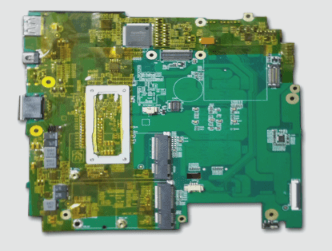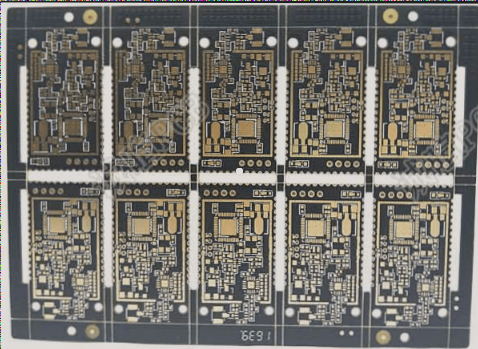The Importance of Proper Environment Setup in SMT Patch Processing
1. Temperature and Humidity Monitoring
Setting up an appropriate temperature and humidity meter based on the facility’s size is crucial for effective monitoring during SMT patch processing on PCB boards.
2. Production Workshop Requirements
- Load-bearing capacity of more than 8kN/m²
- Vibration levels controlled within 70dB
- Noise levels maintained within 70dBA
- Power supply requirements: single-phase AC220, three-phase AC380
3. Air Source Considerations
Air source pressure should exceed 7kg/cm², with clean, dry, purified air necessary for equipment operation. Compressed air must undergo degreasing, dust removal, and water separation treatments.
4. Exhaust Air Requirements
Reflow soldering and wave soldering equipment must have exhaust fans, with a minimum exhaust duct flow rate of 500 cubic feet per minute. Proper ventilation is essential for maintaining a safe working environment.
5. Lighting and Working Environment
- Illuminance in the workshop should be between 800–1200 lux
- Main cleanliness and hygiene standards
- Ambient temperature maintained at 23±3°C
- Relative humidity between 45%–70% RH
6. Conclusion
Meeting the high requirements for cleanliness, air quality, exhaust, lighting, and environmental conditions is essential for successful SMT patch processing in PCB manufacturing.


